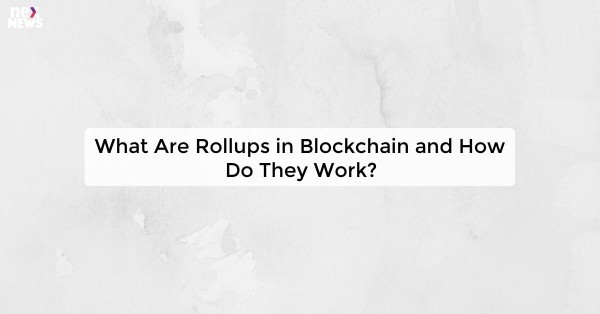Overview of Rollups
Rollups have emerged as a promising layer 2 scaling solution in the blockchain space. They aim to enhance scalability and reduce transaction costs on blockchain networks by aggregating and processing multiple transactions off-chain before committing them to the main chain. By doing so, rollups help alleviate congestion on the network and improve overall efficiency.
One of the key features of rollups is their ability to strike a balance between scaling capabilities and security. They achieve this by leveraging cryptographic proofs to ensure the validity of off-chain transactions before submitting them to the main chain. This significantly reduces the computational burden on the main chain while maintaining the trustless nature of blockchain networks.
Different Types of Rollups
Rollups in blockchain technology come in various forms, each with its own unique characteristics and functionalities. The two main types of rollups are optimistic rollups and zk-rollups. Optimistic rollups rely on a dispute mechanism where users can challenge any incorrect data provided on the blockchain. This type of rollup offers scalability by processing transactions off-chain and only posting the outcome on the main chain when disputes are resolved.
On the other hand, zk-rollups employ zero-knowledge proofs to ensure data validity without revealing any sensitive information. By bundling multiple transactions into a single succinct proof, zk-rollups enhance privacy and efficiency on the blockchain. This type of rollup is particularly beneficial for applications requiring high security standards and confidentiality.
Benefits of Rollups in Blockchain
Rollups offer several advantages when integrated into blockchain networks. Firstly, they enhance scalability by consolidating and validating multiple transactions off-chain before recording a single transaction on the main chain. This mechanism significantly reduces the burden on the main chain, enabling faster processing speeds and decreased congestion, resulting in improved efficiency for users interacting with the blockchain.
Moreover, rollups contribute to cost-effectiveness within blockchain ecosystems. By offloading computational tasks to the secondary layer, users benefit from lower transaction fees and reduced gas costs. This affordability promotes broader participation and adoption of blockchain technology, making it more accessible to a wider range of users. Additionally, the enhanced security features provided by rollups ensure that users can trust the validity and integrity of their transactions, enhancing overall confidence in blockchain networks.
Challenges Faced by Rollups
Rollups are not without their challenges, with one major obstacle being the need for users to maintain synchronization with the Ethereum mainchain. This requirement can lead to delays in confirming transactions, especially as the number of users and transactions increase. Additionally, the cost of maintaining the necessary infrastructure to run a Rollup can be a significant barrier for smaller projects and individual users.
Another challenge faced by Rollups is the potential for centralization. With certain Rollup designs, there is a risk that a small number of operators could control the majority of the network, leading to concerns about censorship and security vulnerabilities. As Rollups continue to evolve and gain popularity, addressing these centralization risks will be crucial to ensuring the long-term success and stability of the technology.
Architecture of Rollups
Rollups are a key component in scaling solutions for blockchain networks. Their architecture is designed to increase the scalability and efficiency of blockchain transactions by offloading some of the computation and storage from the main chain to a secondary layer. This secondary layer processes transactions and generates proofs, which are then periodically submitted to the main chain for verification and settlement.
The architecture of rollups typically consists of two main components: the data availability layer and the execution layer. The data availability layer ensures that all relevant data is accessible to all participants, while the execution layer handles the computation and validation of transactions. By separating data availability from transaction execution, rollups are able to achieve significant performance improvements compared to traditional blockchain architectures, making them a promising solution for addressing scalability challenges in the blockchain ecosystem.
